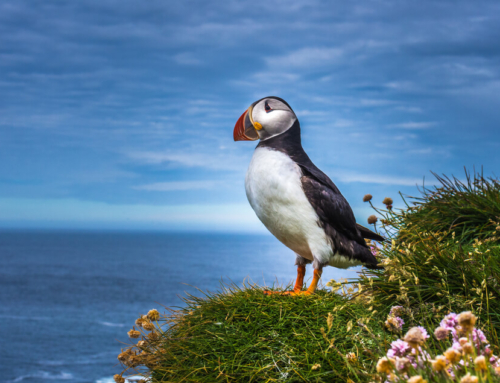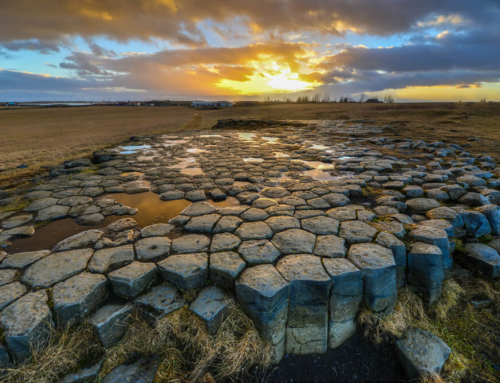There have been numerous articles and blog posts published over the internet about elf belief in Iceland. It often seems that elves and Icelanders have a secret bond, going way back through the ages. Many Icelanders consider elf belief to be a rich part of the Icelandic heritage, built upon the many stories told of elves and their interactions with humans in Iceland. And there is something magical about believing in elves, their coexistence with the locals in this mysterious island is a fairytale of its own.
In a survey conducted by the University of Iceland in 2007, over 80% of respondents refused to deny the existence of elves (only 8%, however, said they were certain they existed). “It’s about respect for nature, which is something Icelanders know is very much alive,” says Gunnell, head of the survey. “When your house can be destroyed by an earthquake, when you can can be blown over by the wind, when boiling water from your taps tells you there’s lava not far beneath your feet – then you don’t mess with nature.”
The latest debate of the existence of elves in Iceland was in 2013 when constructions in Galgahraun lava field began. Galgahraun, located in about 10 minute drive outside of Reykjavik city, became the center of attention when a small group of local environmentalists made camp in the wild moss, to protect the upcoming construction that would, in their mind, displace the supernatural forces in the area, including the elves. This episode went on for quite some time and some environmentalists even got arrested. At the end the constructions began and soon a new paved road replaced the old lava fields, and according to some environmentalists, destroyed the homes of the elves.
According to Javqueline Simpson, a visiting professor at the University of Chichester’s Sussex Centre for Folklore, Fairy Tales and Fantasy in England, the notion of elves in Iceland first appeared in Icelandic literature at around 1000 AD. At the time, few detailed descriptions of the elves emerged from the literature but more elaborated stories began to surface in the 16th and 17th centuries and from that time the stories became increasingly popular among local storytellers.
Simpson and other experts argue that the elves in Iceland look and live very much like humans, contrary to other mythology found in American and British literature; “You’ve got to get right up close before you can be sure it is an elf and not a human,” said Simpson, who began studying Old Icelandic in her undergraduate days and later compiled a book full of Icelandic legend translations. When elves are spotted, they are typically donning “the costume of a couple of hundred years ago.”
Valdimar Hafstein, a folkloristics professor at the University of Iceland, describes the elf community to be much alike the Icelandic one; “Their economy is of the same sort: like humans, the hidden people have livestock, cut hay, row boats, flense whales and pick berries. Like humans, they too have priests and sheriffs and go to church on Sundays. They may live in houses, sometimes with multiple floors, and, if you leave them alone, they’ll generally mind their own business.“
More often than not, even Icelanders who don’t believe in elves think it’s better to stay on the side of caution.
If you’d like to learn more about elves and Icelandic folklore during your stay in Iceland, many museums feature exhibitions on our legends. Some walking tours focus on folklore, and just about any bookstore will carry foreign language translations of our stories. Of course, if you’re traveling in the countryside, it doesn’t hurt to ask a local if they know anything about elves. Chances are, someone will be all too happy to tell you about the Hidden People that live nearby.






